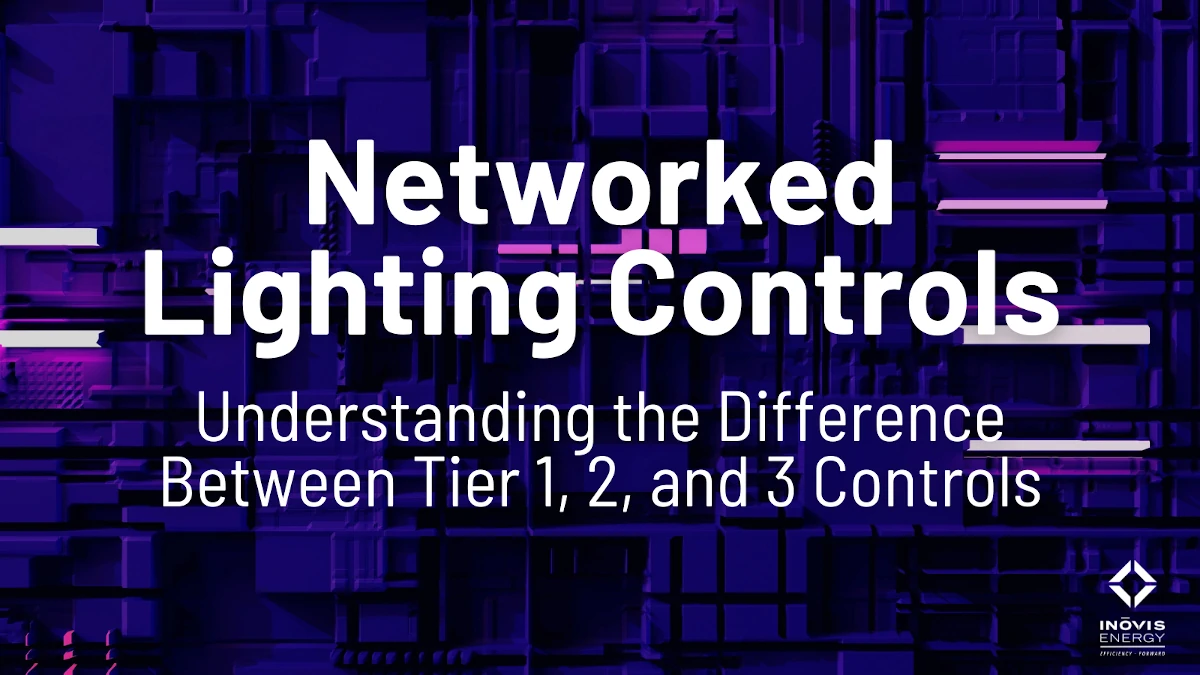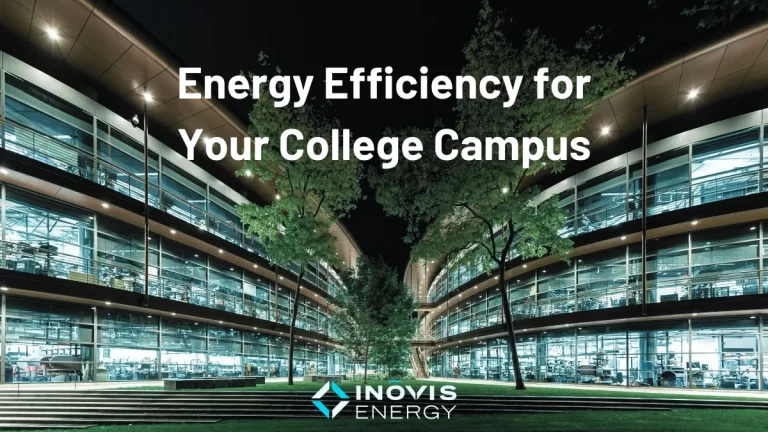Smart lighting is one of the most accessible upgrades for any commercial business looking to make efficiency improvements. It goes beyond simply retrofitting existing lighting with LED bulbs or installing motion sensors to conserve energy, though. The true value of energy efficient lighting comes from a networked solution.
Networked lighting is best understood as a control system: a way to manage commercial lighting in more efficient ways—and often, through smart automations. Networked lighting controls are the key to getting the most out of any energy efficient lighting upgrade, and an accessible foray into the world of smart building controls. It all adds up to more sustainable building operations.
Establishing your need for networked lighting
Networked lighting controls are far from a one-size-fits-all solution. In fact, the level of sophistication often depends on the facilities themselves and the variability of lighting demands within the organization. For example, a warehouse with 24/7 operations likely has less need for sophisticated lighting controls than a commercial office building that’s home to three different businesses.
If your organization is planning a smart lighting upgrade or the transition to more efficient lighting solutions, consider not just the breadth of the upgrade, but also the need for control. How you control lighting can offer just as many energy-saving benefits as the decision to update it.
An overview of tiered capabilities
Networked lighting is actually divided into several tiers, which help to explain the scope of control. Understanding these tiers is the key to understanding what type of upgrade you need to optimize energy savings with smart lighting:
- Tier 1. This tier represents smart controls for individual fixtures. It’s ideal for small facilities, where there’s less demand for zone-specific illumination and instead, emphasis is on simple on/off controls strategies , and no network is included.
- Tier 2. This tier is for zone-focused light control. It’s best for facilities with multiple floors or areas that are separated by business unit. It allows organizations to program different lighting routines, monitor energy usage, create presets, and more. (Tier 2 is generally fixture based systems that are grouped together by zones, and programmable via a cellphone or tablet, but monitoring is not part of Tier 2)
- Tier 3. This tier is for building-level control, and it’s best-used in facilities where there are varying usage demands across different floors, levels, areas, occupants, etc. It’s an enterprise-level control solution that offers tremendous control variability, and metering as well as “real time” reporting is included.
There’s also a fourth tier of networked lighting controls, which is capable of decentralized control across different locations. It’s a true enterprise solution for organizations that operate multiple facilities and who want a full picture of their energy spend.
The benefits of updating to a networked lighting model
While upgrading light fixtures is a great step toward conserving energy, updating to a networked control system allows organizations to take those energy savings even further. Some of the benefits include:
- Control. The ability to control lighting at the fixture, zone or building level helps organizations cut back on unnecessary energy spend. It’s the key to using even less power at times of the day when lighting may not be necessary.
- Automation. Through the Internet of Things (IoT) and smart fixtures, it’s possible to automate routines, triggers and preferences into lighting control. This takes the onus off of building managers, while conserving energy and reducing costs.
- Monitoring. Understanding how much energy you’re using, when you’re using it and how you can cut back is a prime benefit of networked lighting. The data generated by networked models paves the way for even more efficiency improvements.
- Optimization. With data to inform decision-making, companies can take conscious steps toward reducing their energy spend through more efficient lighting usage. Today’s AI/ML-enabled “learning” systems make optimization easy and ongoing.
It all comes down to control and insight. This smart building upgrade allows facility managers to take control over their lighting from a top-down view, and to understand the costs associated with it. From there, it’s a matter of exercising control over when, where and how you illuminate your facilities.
Above all, a networked lighting control model helps organizations toe the line between properly illuminating their facilities and conserving energy costs. It takes energy efficient lighting further.
Start with a free energy audit from Inovis!
For many organizations, the best way to understand the powerful cost savings of networked lighting is to undertake an energy audit. An audit illustrates how much you’re paying in energy costs right now vs. how much you could save by switching to an energy efficient system. It’s an all-important step in linking a sustainable investment to ROI, in real dollars. Inovis is ready to help your organization realize the opportunity for lower energy costs and a better quality of lighting. Contact us today to schedule a free energy audit, and to learn more about how a networked lighting control system can help you maximize your upgrade—for the benefit of both your bottom line and the environment.




